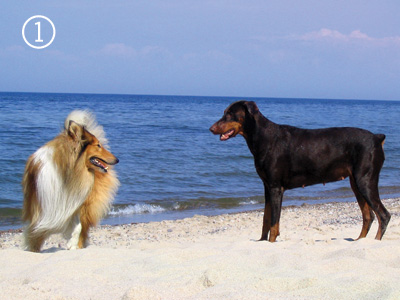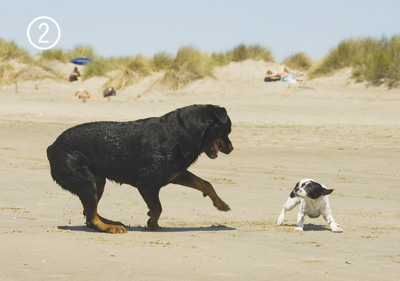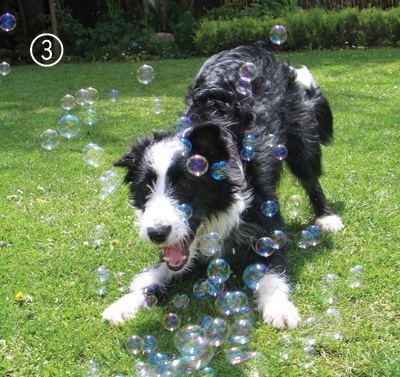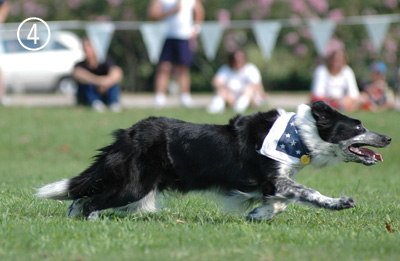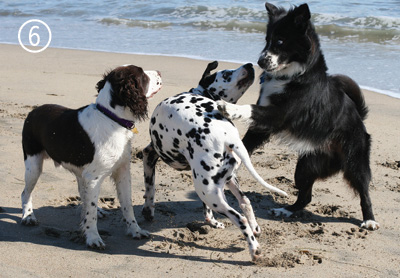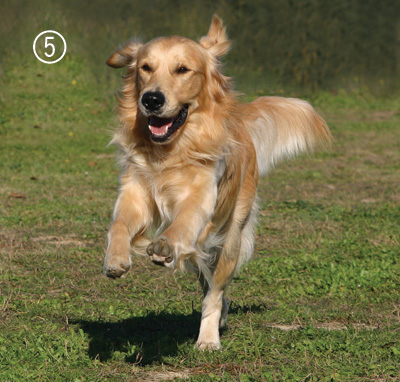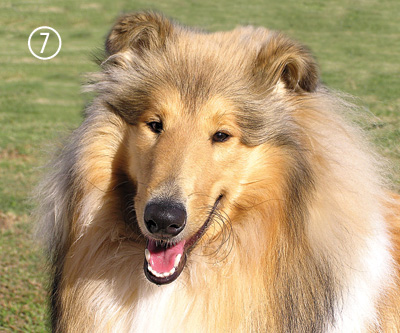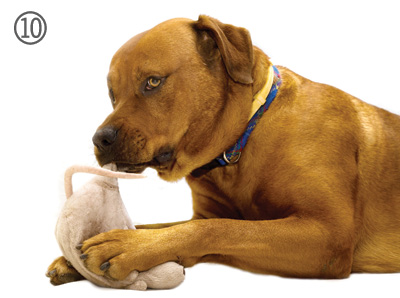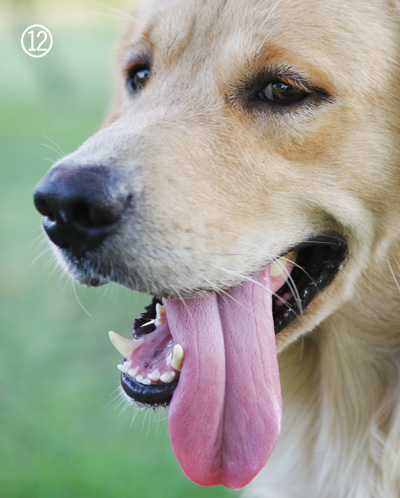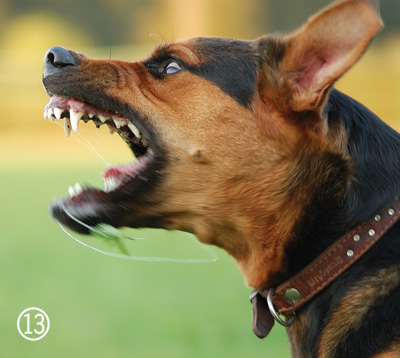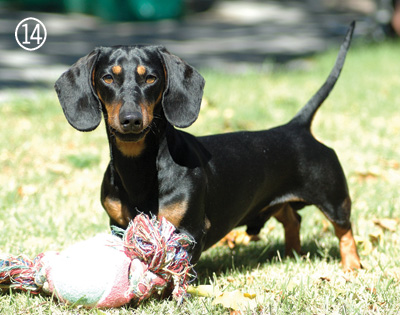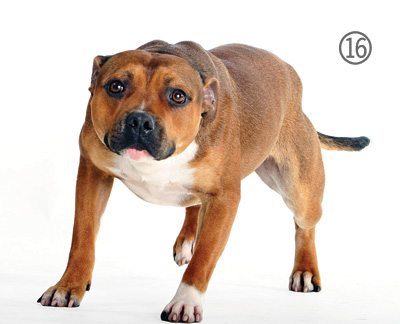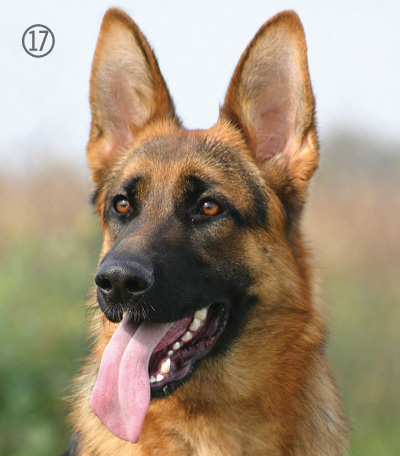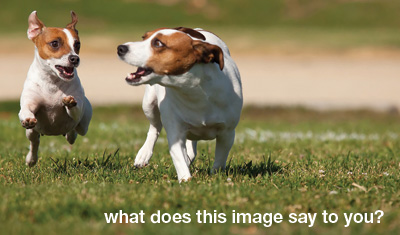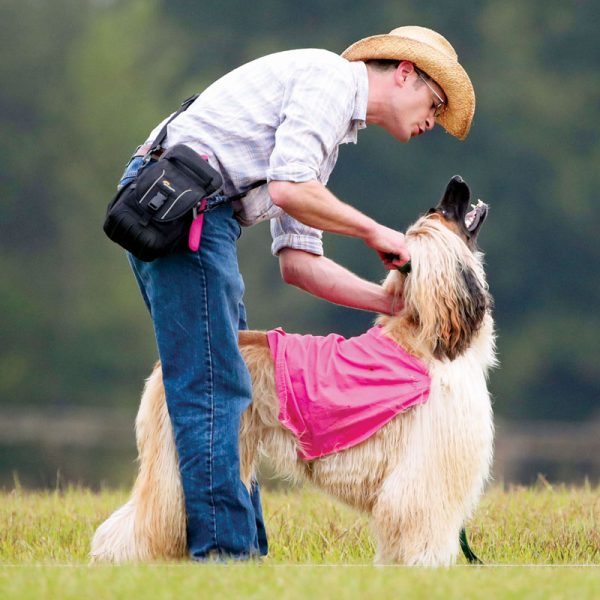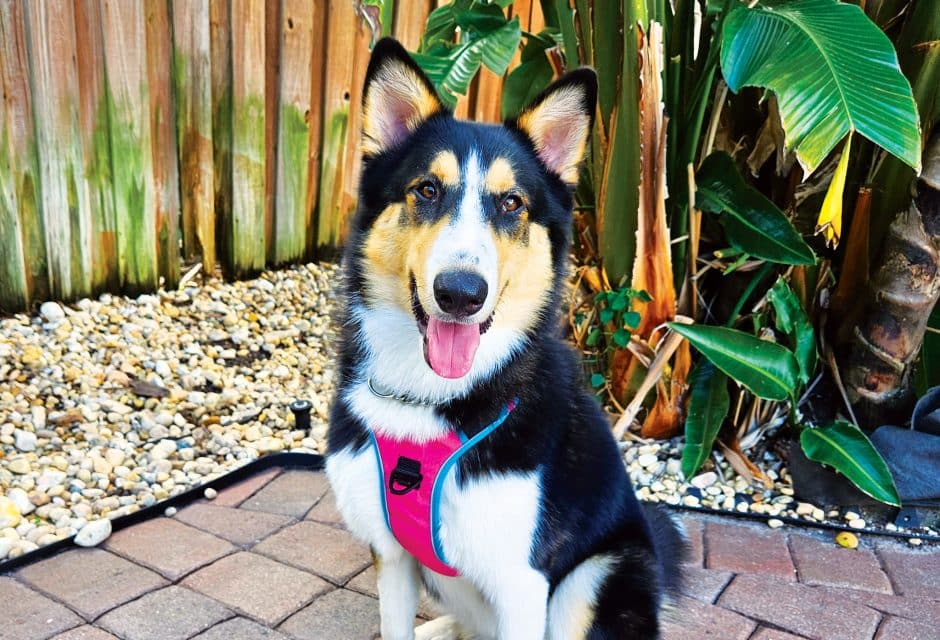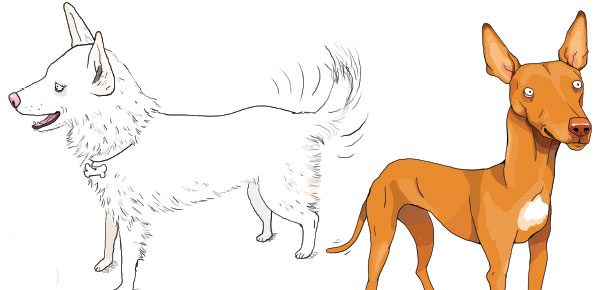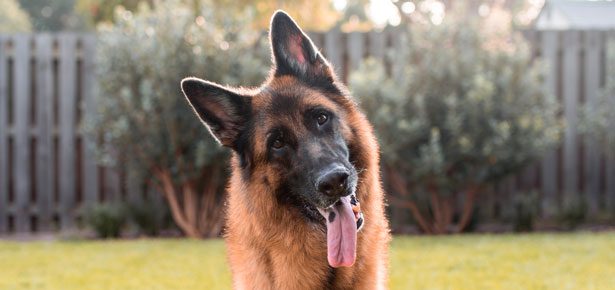
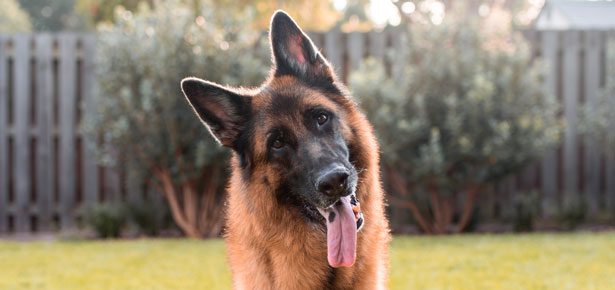
What is My Dog Trying to Tell Me? This Illustrated Guide Explains!
Decoding your dog’s body language
Think for a moment about going to a bridal shower after a long day at the office, a 90-minute traffic snarl, and four customer service misunderstandings to get your bank card reactivated. Most likely, you aren’t in the mood for a “fun” time. Nevertheless, it’s an important event for the bride. Putting on a fresh dress and your best party face, you go, even though you would rather snuggle up with the dogs on the couch and throw on a movie. When you arrive, your sister takes one look at you and says “You’ve had a rough day! Coffee or wine?”
How does she know? How do we pick out that the bride is tense, the bride’s mother is proud, the maid of honour is excited, and the groom’s mother is disaffected?
In humans, we send body language signals without even thinking about them, and we read them accurately through long experience and a certain amount of innate knowledge. Although there are some cultural differences in how body language is spoken around the world, for the most part, we have a base language that we all share. Tense people tend to be rigid in their movements, nervous people tend to move quickly and with jerky movements, and relaxed people tend to move fluidly and gracefully.
How often do you watch your dog and read him just as well? Dogs have a rich body language that they use to great effect. We can eavesdrop on what a dog is telling you by knowing a little bit about how dogs behave when they are relaxed, happy, nervous, frustrated or angry.
Imagine, for a moment, that instead of walking into a bridal shower, you were walking into your living room at the end of the weekend. By considering a dog’s posture, path of travel, gait, eye shape, and tongue, you could quickly assess what that dog was experiencing just as well as you read a friend’s body language.
Standing Still
Standing still may only last for a split second, so you have to watch carefully to see what is happening. When a dog is standing still, he bears his weight in one of three ways:
• Feet four-square and balanced. This dog is calm and confident. (See the Doberman Pinscher in Photo 1. The Collie in Photo 1 is demonstrating the curved approach as discussed
below.)
• Balanced on his hindquarters. This dog is ready to spring forward, and is confident and willing to interact. (Rottweiler in Photo 2)
• Balanced in such a way that he can bolt away from you (or what he is looking at). This dog is fearful and likely to flee. (Small dog in Photo 2)
Dogs may stand in a variety of off- balanced ways that show you which way they would like to dart away. Darting away indicates fear, so if your dog is standing off balance, try and determine what is frightening him.
Photo 3 shows a dog that is balanced on his forefeet in a meta signal called a play bow, and, although he is confident, he is highly aroused and ready to play, not calm.
When you look at a dog, it is important to consider his emotional state. Human body language tells us if someone is afraid, confident, or relaxed, and we react appropriately. In the same way, we can help our canine friends by reading their bodies carefully. It is unfair to ask a fearful dog to approach things that frighten him, and likewise it is foolish to approach a dog who is broadcasting aggression unless you know more about his intent.
Wither Do You Wander?
The path of approach tells us a lot about someone’s intent. If you are approaching the customer service desk to return a damaged item, you will most likely walk assertively and directly to the person at the counter. If you approach a friend this way, he or she will likely be intimidated and fearful. The same is true of the dogs you meet. Dogs traveling in straight lines (Photo 4) are more likely to be aggressive, while curved lines of travel (see Collie in Photo 1) indicate a friendly encounter.
If a dog approaches you in a direct line, looking aggressive, turn away, keeping one eye on her. You will often see this sort of rude behaviour from adolescent dogs who are trying out assertive behaviour, albeit in the wrong context. Standing still, looking down at the ground, and yawning may diffuse the situation.
A dog that is moving on a curve does not likely intend harm, although with a large dog, she might knock someone over. If you see a dog doing this while playing, it is a good idea to bend your knees in case she slams into you by accident.
Photo 6 shows a Dalmatian in danger. You can clearly see that the dog is balanced in such a way that he can flee. The Border Collie on his back legs is bearing his weight on his hind quarters and is willing to bolt forward and hurt the Dalmatian. The third dog, a Springer Spaniel, is standing squarely on all four feet, still and confident, preventing the Dalmatian from escaping.
The Rocking Horse Run
When dogs are playing, they run in a very particular way. They move vertically almost as much as they move horizontally, rocking back and forth like a child’s rocking horse. Running in this way is inefficient, and reflects that play is all about fun and games, not about running your friends down and tackling them. (Photo 5)
A dog running towards you in this manner is being playful, but it may not be safe—this playful behaviour can be very rough and you can easily be knocked over.
The opposite of rocking horse running is flat, efficient movement. (Photo 4) When a dog moves in this way, he is in a hurry and going as quickly as he can. We often see dogs doing this sort of movement during an aggressive incident.
The Eyes Have It
It is said that you can read the soul through the eyes. There is nothing as special as looking at the eyes of someone close to you—you can achieve an instant connection. You can also read a lot about a dog’s state of mind in the shape and look of his eyes.
Almond-shaped, relaxed eyes are a reflection of a calm demeanour (Collie in Photo 7). Rounded eyes can indicate arousal and surprise (Chihuahua in Photo 11). If you can see the sclera or whites of a dog’s eyes, beware; the dog is tense and upset and may bite you. Behaviour specialists call this “whale eye” (Photos 8 and 9).
The Rottweiler cross in Photo 10 has a very threatening and dangerous expression.
Hard eyes and loose lips are the sort of ambiguity seen in dogs who have been punished for growling in warning. This dog is resource guarding the toy he has.
The Tell-tale Tongue Tongues have a lot to say, and they are one of the ways that dogs communicate very differently than humans do. When a dog’s tongue and lips are loose and floppy, don’t worry about that growl—everything is meant in play (Photo 12).
When a dog is actually going to bite, he pulls his lips and tongue back and out of the way so that his teeth can do their work (Photo 13).
A Tail to Tell
As with tongues, tail talk is different than human body language communication. Dogs use their tails the way that people use smiles. The idea that a wagging tail indicates happiness is similar to thinking that every smile means only one thing. A low, fast-wagging tail is like a nervous laugh.
A high tail wagging slowly is the confident smile of someone who is going to make you do something you don’t want to do. (Miniature Dachshund in Photo 14) And the middle-level, fast, wide wag where the tail hits or almost hits the body is comparable to the excited grin of a child waiting at the airport for Grandma to come out of the luggage area. (Golden Retriever in Photo 15)
When looking at tails, look at the base of the tail where it attaches to the body; a dog with a very short tail has as much to say as a dog with a very long tail, and the base of the tail is more telling than the tip. A tail drawn as low as possible in a long-tailed dog will cover the genitals. A tail this tightly tucked indicates extreme fear. The short-tailed dogs are trying hard, and you can only see that if you look at the base of the tail. A high tail may curve upwards and over the back and this can be confusing in a dog who has a tail that naturally curls over his back, so again, it is important to look at the base instead of the tip to learn the dog’s mood and intent.
Do You Hear What I Hear?
Dogs can move their ears independently and almost 180 degrees from the front to the back. In general, consider that the more forward your dog’s ears are, the more confident he is about a given situation. The further back and pinned against his head and neck your dog’s ears are, the more fearful he is. (Photo 16)
However, ears serve a dual purpose and can be a bit difficult to read; just when your dog is using his ears to communicate something, he hears something that causes him to pop them out of an easily readable position. Upright, forward ears are attending to what is directly in front of him. (German Shepherd in Photo 17)
Then the phone rings and one of his confident, forward ears flicks back to listen. Ears pulled back tight against the neck tell us that the dog is nervous and concerned (Photos 16 and 18) but then the neighbour’s dog barks and the dog flicks one ear forward to listen to that!
Pay attention to the general drift of the dog’s ear and as with the tail, the base is more important than the tip.
When you open the door to reading a dog’s body language, you will learn a lot about what they intend, how they feel about their surroundings, and how they interpret your actions. Dogs don’t lie with their body language, so they are always telling us exactly what they mean by how they stand, move, look, and act. As humans, we are more aware of our verbal communication than our visual communication. Dogs function in a world that depends primarily upon visual communication, so they often read our body language better than we read theirs, but with a little practice we can hone our skills. The payoff to learning to read what your dog is saying is better responsiveness to the dog’s needs. When you respond to your dog’s needs, you set up a situation where your dog can gain confidence and your relationship with your dog will improve.
Join the newsletter and never miss out on dog content again!
"*" indicates required fields
By clicking the arrow, you agree to our web Terms of Use and Privacy & Cookie Policy. Easy unsubscribe links are provided in every email.
